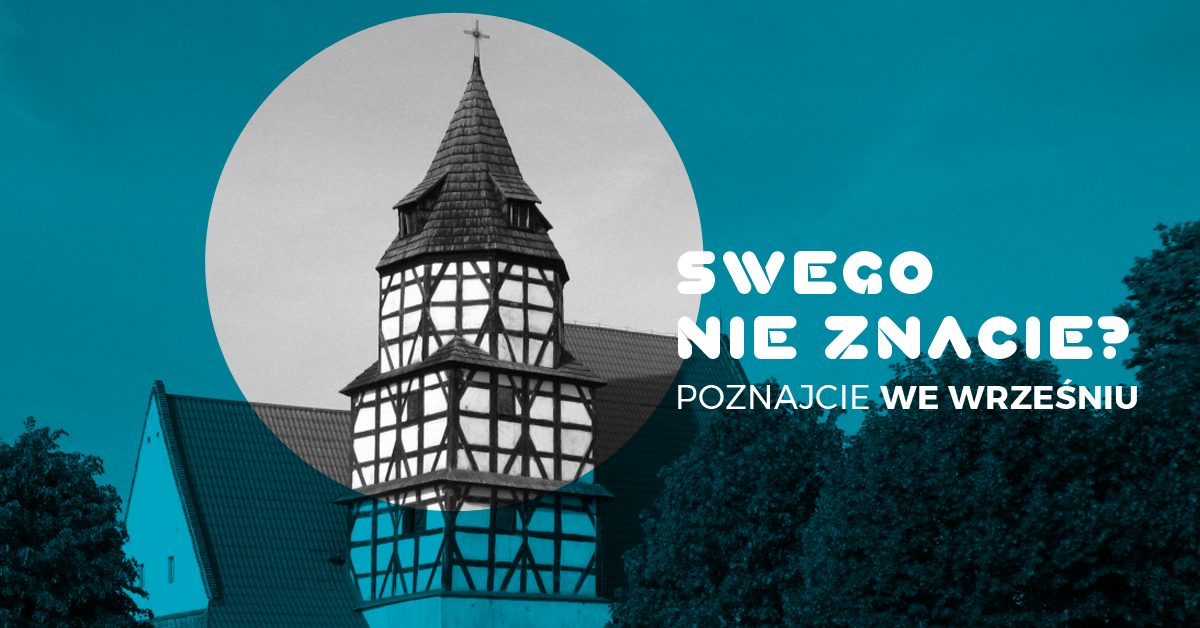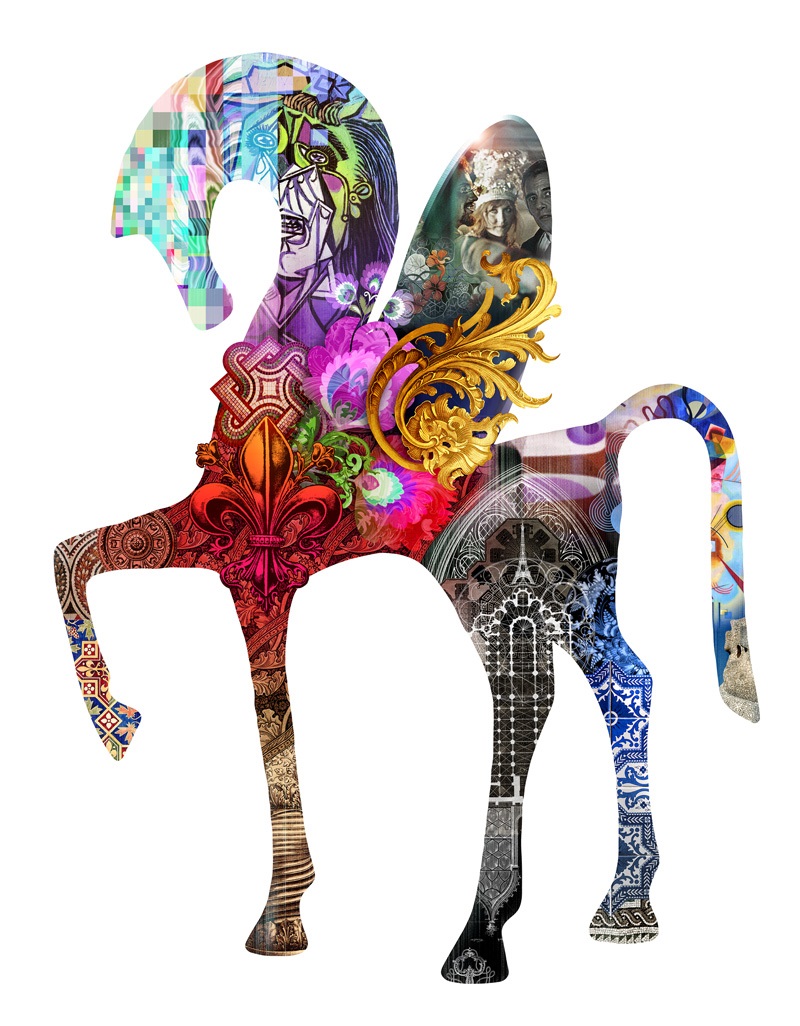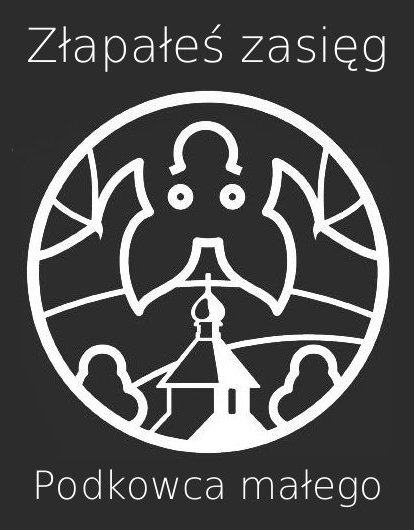A bit of history
The "Waldesruh" or "Wood Retreat" ("Leśne Zacisze") was established at the end of the 19th century. It was most probably built in 1898 by Heinrich Ertelt who soon after dug "the Upper Pond" („Staw Górny"). The pond was used to organize gondola rides in summer (also known as the so-called "venetian nights" with colourful lanterns) and make an ice rink in winter.
In 1908, the „Waldesruh" was purchased by Franz Xaver Ballestrem. In the years 1798-1945, the Ballestrem family built the largest industrial empire in Germany. Its management board was initially located in Ruda Śląska and then in Gliwice, after the division of Silesia in 1922. Count Ballestrem was a member of the second largest political party in Germany called "Centrum," which was a catholic party and of which he became the undisputed leader. In December 1898, he was elected President of the German Parliament – the Reichstag. That was the peak of his political career. He held the honourable position for eight years until December 1906.
Two years later, the Ballestrems appeared in Głuchołazy, which then operated as the Bad Ziegenhals health resort. The golden wedding anniversary of the count couple became an opportunity to buy the pension. The calculated area of the resort equalled 11 hectares (27.18 acres) and also consisted of a nearby forest, a glade and a pond which bordered the resort's plot of land. Initially, it was established for the Count's employees who had the right to stay in the resort together with their families for two weeks.
In 1905, the Count brought a young but exceptionally talented sculptor named Josef Karl Limburg to his palace in Pławniowice. He created many wonderful works for the Ballestrems and would later become a professor at the Academy of Fine Arts in Berlin. The artist also visited Głuchołazy where Ballestrem commissioned him to make a granite monument, which was a stone obelisk with a medallion depicting the count couple. The monument was placed on a slope by the stairs leading from the pond to the resort. It is unknown why it was removed from this location after 1945 and placed near the red trail leading to Przednia Kopa. It has been moved back to its original location.
The post-war popularity of Głuchołazy as a holiday resort among the miners and metallurgists of Count Ballestrem's former mines was nothing more than the result of the social welfare and free stays in Głuchołazy. What is more, the first post-war name of the resort was a reference to the times of the Count – "The Miner" ("Górnik"). Its later name – "Calmness" ("Zacisze") – also came from German. The Ballestrem family owned the resort until the end of World War II. After the war, the place was nationalized and run by the Worker's Holiday Fund (Fundusz Wczasów Pracowniczych).
Waldesruh - an example of the Opawskie Mountains' cultural heritage

Flora and fauna of the Waldesruh and Waldschule area
The area located on the eastern slope of Przednia Kopa (495 m (1624 ft) above sea level) is situated on a quarzitic surface and quartz slates which contribute to the uniqueness and diversity of flora and fauna in the Zdrojnik Valley. The "Zdrojnik" Watercourse, the Upper Pond and the so-called "Little Meadow" ("Łączka") create favourable conditions for the development of insects, amphibians and reptiles. The brook's clean water favours the development of gammarus pulex and dendrocoelum lacteum. It also fosters mating in September and the births of fire salamanders in spring. The area is a reproduction site for odonata (the banded demoiselles, the spread-winged damselflies, the Coenagrionidae, the aeshnids and the clubtail dragonflies – i.e. the green club-tailed dragonfly and the Corduliidae).
Smooth and alpine newts live and mate in the waters of the Upper Pond along with European toads, European green toads, European tree frogs, European grass frogs (out of all of the amphibians, it inhabits the northernmost, high-lying areas situated at an altitude of 2500 m (8202 ft) above sea level). The yellow-bellied toad mates in furrows which are periodically filled with water. The "Little Meadow" is inhabited by reptiles: the viviparous lizard, the sand lizard and the slowworm, which are hunted by the smooth snake. You can also find the common European adder and the grass snake in there. What is more, this area provides favourable conditions for the development of insects which are a potential source of food for amphibians and reptiles. This includes the orthoptera order (i.e. the great green bush-cricket, the dark bush-cricket, the wart-biter, the woodland grasshopper). You can also find the following species on the roadsides: the green tiger beetle, the wood tiger beetle, the wasp spider, the dor and spring dor beetle.
The area is surrounded by a beautiful mixed forest consisting of: beeches, sessile oaks, Scots and eastern white pines, European larches, Norway spruces, European silver firs, Douglas firs, Norway and sycamore maples. Birds and mammals live among the trees, i.e. the entire tit bird family: the great tit, the Eurasian blue tit, the European crested tit, the coal tit, the marsh tit, the willow tit and our little ones: the goldcrest, the firecrest and the Eurasian wren which builds sphere nests. Thrushes are represented by the common blackbird, the song thrush, the fieldfare and the skittish mistle thrush. You can find the common wood pigeon in tree crowns and the stock dove in hollows. You can also encounter the black stork, the common raven, the grey wagtail and the common kingfisher by the "Zdrojnik".
The chaffinch, the wood nuthatch, the willow warbler, the chiffchaff, the wood warbler, the robin, the long-tailed tit and the colourful jays, golden orioles, redstarts and hawfinches are the birds which are frequently encountered. The sight of bullfinches and red crossbills is rare. Here, we can find woodpeckers: the great spotted woodpecker, the middle spotted woodpecker, the black woodpecker, the European green woodpecker, the grey-headed woodpecker and the Eurasian wryneck. Squirrels, i.e. the black and red squirrel, the hazel and edible dormouse, build their sphere nests. Bats hunt near tree crowns by the water and the rare, lesser horseshoe bat is one of them. It inhabits the attic of our building as well as seven other species found in the Opawskie Mountains Landscape Park.
The northern goshawk, the Eurasian sparrowhawk, the common buzzard, the European honey buzzard (a bird of prey which mainly eats the insects of the order of Hymenoptera), the Eurasian hobby and the common kestrel nest nearby and disrupt the idyllic life of birds and mammals. The tawny owl, the long-eared owl, the pine and the beech marten are the night-time hunters. The wild boar, the roe deer and the badger (which feeds on insects, their larvae and earthworms) scavenge in the evening, at night and early in the morning. The herbaceous plants are the hard-fern growing by the "Zdrojnik," bride's feathers, the broad-leaved helleborine, Epipactis albensis and the common ivy. The Waldesruh and Waldschule invite you to discover the living nature that we have at our fingertips.
Discover the species of the Opawskie Mountains
The bats of the Opawskie Mountains
The trees of the Opawskie Mountains
The "Waldesruh" or "Wood Retreat" ("Leśne Zacisze") was established at the end of the 19th century. It was most probably built in 1898 by Heinrich Ertelt who soon after dug "the Upper Pond" („Staw Górny"). The pond was used to organize gondola rides in summer (also known as the so-called "venetian nights" with colourful lanterns) and make an ice rink in winter.
In 1908, the „Waldesruh" was purchased by Franz Xaver Ballestrem. In the years 1798-1945, the Ballestrem family built the largest industrial empire in Germany. Its management board was initially located in Ruda Śląska and then in Gliwice, after the division of Silesia in 1922. Count Ballestrem was a member of the second largest political party in Germany called "Centrum," which was a catholic party and of which he became the undisputed leader. In December 1898, he was elected President of the German Parliament – the Reichstag. That was the peak of his political career. He held the honourable position for eight years until December 1906.
Two years later, the Ballestrems appeared in Głuchołazy, which then operated as the Bad Ziegenhals health resort. The golden wedding anniversary of the count couple became an opportunity to buy the pension. The calculated area of the resort equalled 11 hectares (27.18 acres) and also consisted of a nearby forest, a glade and a pond which bordered the resort's plot of land. Initially, it was established for the Count's employees who had the right to stay in the resort together with their families for two weeks.
In 1905, the Count brought a young but exceptionally talented sculptor named Josef Karl Limburg to his palace in Pławniowice. He created many wonderful works for the Ballestrems and would later become a professor at the Academy of Fine Arts in Berlin. The artist also visited Głuchołazy where Ballestrem commissioned him to make a granite monument, which was a stone obelisk with a medallion depicting the count couple. The monument was placed on a slope by the stairs leading from the pond to the resort. It is unknown why it was removed from this location after 1945 and placed near the red trail leading to Przednia Kopa. It has been moved back to its original location.
The post-war popularity of Głuchołazy as a holiday resort among the miners and metallurgists of Count Ballestrem's former mines was nothing more than the result of the social welfare and free stays in Głuchołazy. What is more, the first post-war name of the resort was a reference to the times of the Count – "The Miner" ("Górnik"). Its later name – "Calmness" ("Zacisze") – also came from German. The Ballestrem family owned the resort until the end of World War II. After the war, the place was nationalized and run by the Worker's Holiday Fund (Fundusz Wczasów Pracowniczych).
Waldesruh - an example of the Opawskie Mountains' cultural heritage

Flora and fauna of the Waldesruh and Waldschule area
The area located on the eastern slope of Przednia Kopa (495 m (1624 ft) above sea level) is situated on a quarzitic surface and quartz slates which contribute to the uniqueness and diversity of flora and fauna in the Zdrojnik Valley. The "Zdrojnik" Watercourse, the Upper Pond and the so-called "Little Meadow" ("Łączka") create favourable conditions for the development of insects, amphibians and reptiles. The brook's clean water favours the development of gammarus pulex and dendrocoelum lacteum. It also fosters mating in September and the births of fire salamanders in spring. The area is a reproduction site for odonata (the banded demoiselles, the spread-winged damselflies, the Coenagrionidae, the aeshnids and the clubtail dragonflies – i.e. the green club-tailed dragonfly and the Corduliidae).
Smooth and alpine newts live and mate in the waters of the Upper Pond along with European toads, European green toads, European tree frogs, European grass frogs (out of all of the amphibians, it inhabits the northernmost, high-lying areas situated at an altitude of 2500 m (8202 ft) above sea level). The yellow-bellied toad mates in furrows which are periodically filled with water. The "Little Meadow" is inhabited by reptiles: the viviparous lizard, the sand lizard and the slowworm, which are hunted by the smooth snake. You can also find the common European adder and the grass snake in there. What is more, this area provides favourable conditions for the development of insects which are a potential source of food for amphibians and reptiles. This includes the orthoptera order (i.e. the great green bush-cricket, the dark bush-cricket, the wart-biter, the woodland grasshopper). You can also find the following species on the roadsides: the green tiger beetle, the wood tiger beetle, the wasp spider, the dor and spring dor beetle.
The area is surrounded by a beautiful mixed forest consisting of: beeches, sessile oaks, Scots and eastern white pines, European larches, Norway spruces, European silver firs, Douglas firs, Norway and sycamore maples. Birds and mammals live among the trees, i.e. the entire tit bird family: the great tit, the Eurasian blue tit, the European crested tit, the coal tit, the marsh tit, the willow tit and our little ones: the goldcrest, the firecrest and the Eurasian wren which builds sphere nests. Thrushes are represented by the common blackbird, the song thrush, the fieldfare and the skittish mistle thrush. You can find the common wood pigeon in tree crowns and the stock dove in hollows. You can also encounter the black stork, the common raven, the grey wagtail and the common kingfisher by the "Zdrojnik".
The chaffinch, the wood nuthatch, the willow warbler, the chiffchaff, the wood warbler, the robin, the long-tailed tit and the colourful jays, golden orioles, redstarts and hawfinches are the birds which are frequently encountered. The sight of bullfinches and red crossbills is rare. Here, we can find woodpeckers: the great spotted woodpecker, the middle spotted woodpecker, the black woodpecker, the European green woodpecker, the grey-headed woodpecker and the Eurasian wryneck. Squirrels, i.e. the black and red squirrel, the hazel and edible dormouse, build their sphere nests. Bats hunt near tree crowns by the water and the rare, lesser horseshoe bat is one of them. It inhabits the attic of our building as well as seven other species found in the Opawskie Mountains Landscape Park.
The northern goshawk, the Eurasian sparrowhawk, the common buzzard, the European honey buzzard (a bird of prey which mainly eats the insects of the order of Hymenoptera), the Eurasian hobby and the common kestrel nest nearby and disrupt the idyllic life of birds and mammals. The tawny owl, the long-eared owl, the pine and the beech marten are the night-time hunters. The wild boar, the roe deer and the badger (which feeds on insects, their larvae and earthworms) scavenge in the evening, at night and early in the morning. The herbaceous plants are the hard-fern growing by the "Zdrojnik," bride's feathers, the broad-leaved helleborine, Epipactis albensis and the common ivy. The Waldesruh and Waldschule invite you to discover the living nature that we have at our fingertips.
Discover the species of the Opawskie Mountains
The bats of the Opawskie Mountains
The trees of the Opawskie Mountains







